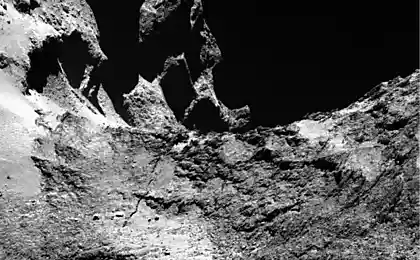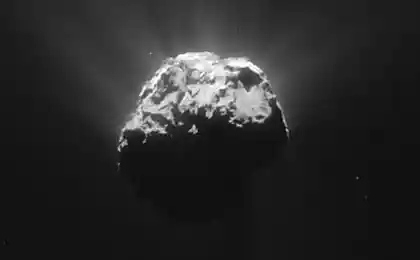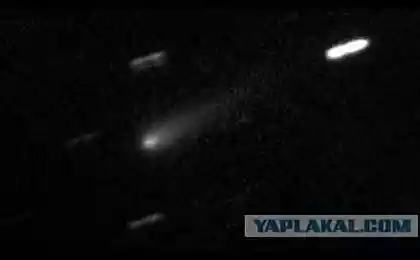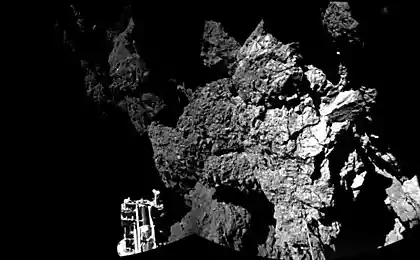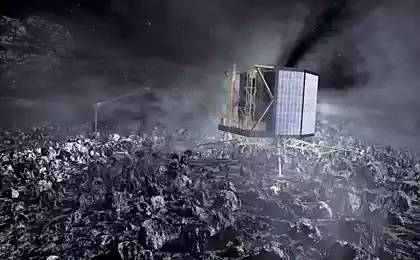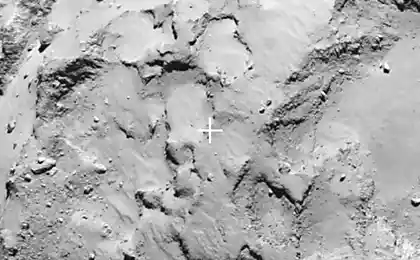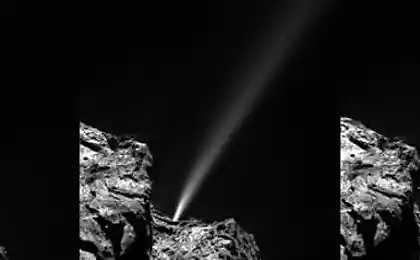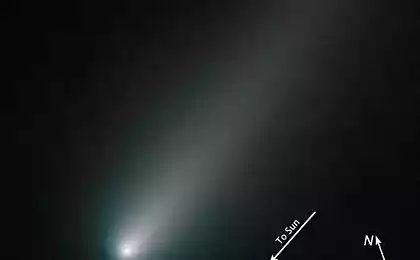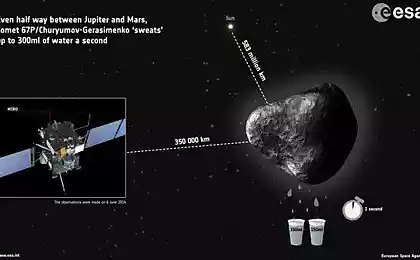793
The probe Philae clarifies details of the origin of comets in the solar system

In November last year Rozetta and Philae brought the study of the solar system to a new stage. Despite the problems arising from Philae, when trying to land on the comet Churyumov-Gerasimenko, the event is (closer to the comet and landing on its surface) has already entered into the annals of Astronomy / Space. More recently Philae woke up after a forced "hibernation", and now gradually transfers the accumulated data.
Sensor information collected 64 hours after landing, and now all this information is transmitted through the maternal unit to Earth. Unfortunately, the work of Philae still unstable, a number of reasons, plus the Rosetta is not always in the optimal position for transmission. As a consequence - the transfer of information is slow, with a gap in time. But what comes to Earth, enriching science. In particular, it became known that on the surface of a comet have organic compounds (previously it was assumed with a high degree of probability, is now proven). In addition, the module helps to clarify the details of the origin of the solar system.
In particular, scientists are one step closer to understanding the question of the origin of comets, that can "talk" about the history of the solar system a lot, because a comet appeared in the beginning of the birth of the system, billions of years ago.
Surface properties
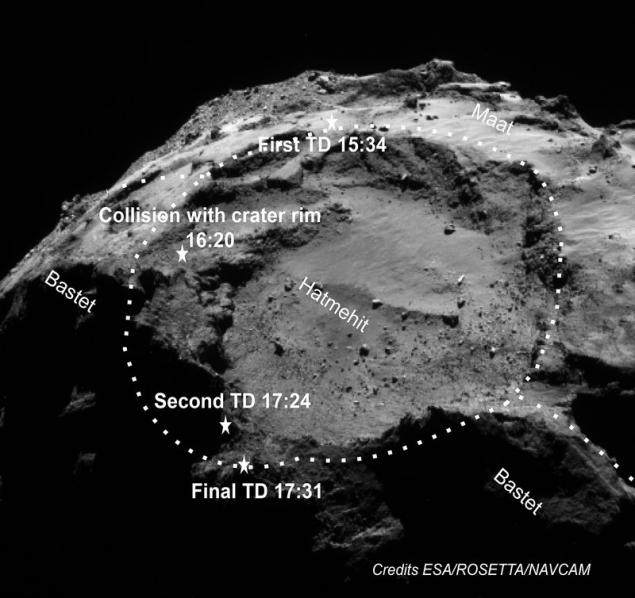
The asterisks denote the place of contact with the comet, Philae (ESA) i>
Springy Philae landing on the comet's surface was not very successful and went according to plan. However, the probe transmitted to Earth some of the technical details of the landing that allowed scientists to clarify the properties of the surface of a comet. "We have used this to their advantage, since we were able to evaluate the surface hardness of the two regions - very different," - says one of the participants in the project, researcher Jens Biele (Jens Biele). His team analyzed data from the collision of a comet with the surface of the module to assess the properties of the surface.
As it turned out, the region of the first "meeting" of the probe and the comet is covered with regolith, a material common to the Moon and Mars. Biele said that the comet ejects gas and dust flows when heated and then flakes of dust deposited on the surface.
The second module is the meeting place and the comet was much harder than the first. "Tools Philae, which were hammered into the comet's surface, could not perform the task because of the very hard surface hardness that exceeds the capabilities of the equipment," - commented Bijela. "This is a harder material than we expected to meet on comets" - continued the researcher. Scientists believe that water ice may act as the cement that holds heterogeneous material of a comet.
Studying hard and soft parts of the surface of a comet will help in the future to other "comet" missions whose purpose - to collect samples of comet material and bring them back to Earth.
The outer and inner part of a comet

Philae is also passed through the comet nucleus electromagnetic signal. The study of the signal amplitude and time of their passage through the comet nucleus gives scientists the opportunity to understand what makes up the core.
Scientists have discovered that the comet nucleus sufficiently homogeneous, consisting of porous rock, a mixture of dust and ice.
Two additional types of studies have been performed with the use of photographs of the nucleus of the comet in the infrared range. These images show a smooth surface with boulders at the site of the landing of the probe.
Also, scientists have discovered a kind of "tail wind" - the specific traces of the impact of certain forces behind the boulders. On Earth, these traces left wind, enveloping large stones. On the comet is no wind, so the effect is similar meteorites hit the surface of the comet, so that the soil produces emissions.
Organic substances
This at Geektimes already written . In principle, nothing fundamentally new discovery did not bring - scholars have suggested the presence of organic matter on comets many more decades ago. Anyway organic substances are not something rare in the cosmos.
Nevertheless, scientists have accurate information on the presence of complex organic compounds okolokometnom space: methyl isocyanate, acetone, acetamide, propionaldehyde. For scientists, the discovery of such substances was a surprise.
Comet Churyumov-Gerasimenko, in all probability, contains the organic compounds, which fell on the young Earth. Philae gave an idea of what fell to Earth and in what proportions. Maybe that "organic soup", resulting in the world under the influence of comets, and has become a source of life.
Source: geektimes.ru/post/259648/
You'd be surprised, but it's - women's car
In Munich, want to build a network veloshosse - dedicated high-speed bicycle paths







